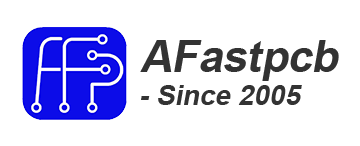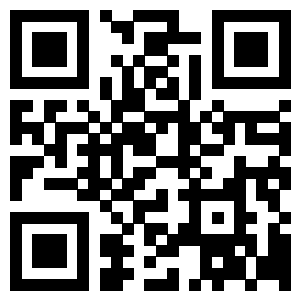Common sources of interference in circuit applications come from the power supply, and this interference signal is usually introduced through the power supply pins of active devices. For example, the timing diagram of the output of the A/D converter is as shown. The sampling speed of the A/D converter is 40ksps, and 4096 samples are taken.
In this example, no bypass capacitors are added to the instrumentation amplifier, reference voltage source, and A/D converter. In addition, the input of the circuit is based on a low-noise, 2.5V DC voltage source as a reference.
In-depth study of the circuit shows that the noise source seen on the timing diagram comes from the switching power supply. Bypass capacitors and choke loops are added to the circuit. A 10mF capacitor is added to the power supply, and three 0.1mF capacitors are placed as close as possible to the power supply pins of the active components. It can be seen on the generated new timing diagram that a stable DC output is produced, and the histogram can verify this. The data shows that these changes to the circuit eliminate the noise source from the circuit's signal path.
Interference external clock caused by Nanjing PCB design
Other sources of system noise may come from clock sources or digital switches in the circuit. If this noise is related to the conversion process, it will not appear as interference during the conversion process. However, if this kind of noise has nothing to do with the conversion process, using FFT (Fast Fourier Transform) analysis, you can easily find this kind of noise.
Digital noise coupled to analog traces is sometimes misunderstood as broadband noise. The FFT graph can easily identify the frequency of this so-called "noise", so the source of the noise can be identified.
A slight overdrive of the amplifier will distort the signal. Through this converted FFT diagram, the distortion of the signal can be quickly found.

This problem can be solved by modifying the wiring to keep high impedance analog traces away from the digital switch traces; or in the analog signal path, add an anti-aliasing filter before the A/D converter. Random coupling between traces is somewhat more difficult to detect, in this case, time domain analysis may be more effective. PCB design skills and test characteristics
Improper use of amplifier
Apply a 1kHz AC signal to the non-inverting input of the instrumentation amplifier. This signal is not a characteristic of pressure sensing, but this example can be used to illustrate the effects of devices in the analog signal path.
The FFT graph shows the circuit performance after applying the above conditions. Note that the fundamental wave looks distorted, and many harmonics have the same distortion. Distortion is caused by slightly overdriving the amplifier. The solution to this problem is to reduce the amplifier gain.
Conclusion
Resolving signal integrity problems can take a lot of time, especially when engineers do not have the tools to solve difficult problems. There are three best analysis tools in the "trick box": frequency domain analysis tool (FFT), time domain analysis tool (oscilloscope photo) and DC analysis tool (histogram). Engineers can use these tools to identify power supply noise, external clock sources, and overdrive amplifier distortion.






